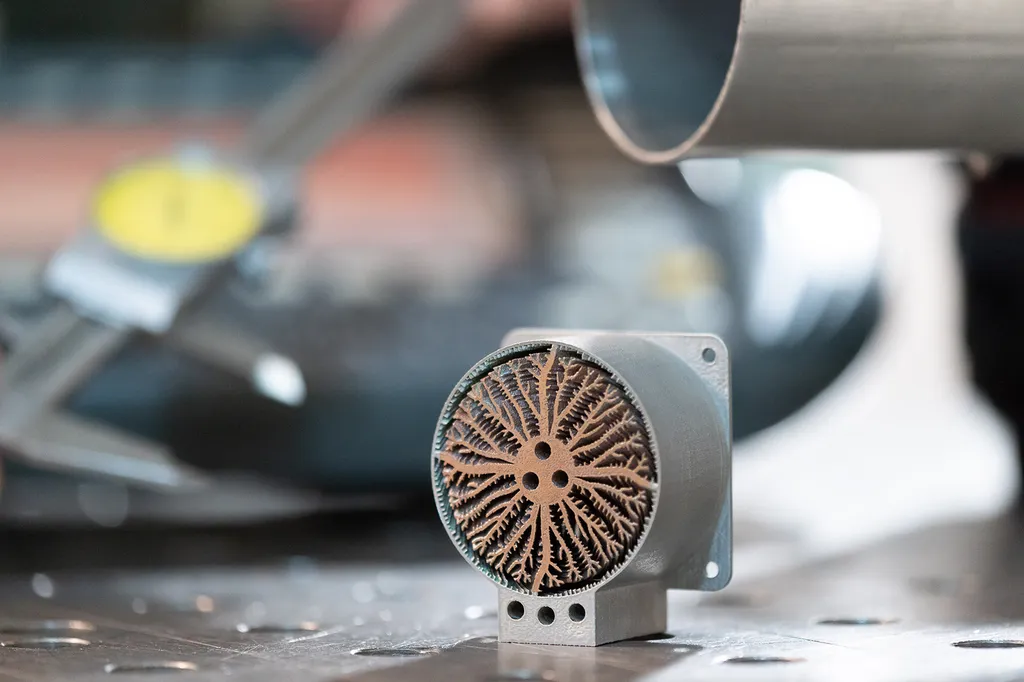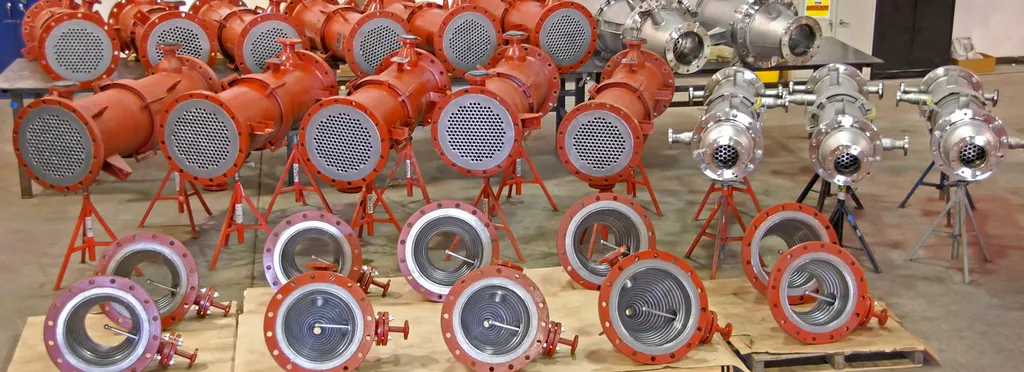Kaltra, an international company rooted in Munich, specializes in crafting energy-efficient chillers, free cooling systems, precision air conditioners, and microchannel heat exchangers tailored for data centers and industrial applications. With a presence spanning over 60 countries, Kaltra places a strong emphasis on environmental friendliness and unwavering reliability. But even the most reliable systems can encounter challenges, and one common issue is ice buildup on chiller condensers. This article delves into the intricacies of condenser icing and provides actionable advice on how to defrost condensers, keeping your system operating at its peak performance.
Understanding Condenser Icing
Imagine your chiller system as a tireless workhorse, diligently removing heat. The condenser plays a vital role in this process, expelling the heat absorbed by the refrigerant. However, under certain conditions, ice can form on the condenser coils, hindering its ability to dissipate heat efficiently. What causes this chilling phenomenon?
Several factors can contribute to condenser icing, including low ambient temperatures, high humidity, inadequate airflow, and refrigerant issues. When the temperature of the condenser coil surface drops below freezing (0°C or 32°F) and sufficient moisture is present, ice begins to accumulate. This ice layer acts as an insulator, reducing the condenser’s capacity to transfer heat.
The consequences of condenser icing extend beyond mere inconvenience. Reduced cooling capacity, increased energy consumption, and potential equipment damage are all potential outcomes. A system struggling with ice buildup must work harder to achieve the desired cooling effect, leading to higher electricity bills. Prolonged operation under these conditions can also strain the compressor and other components, shortening their lifespan and potentially leading to costly repairs.
Practical Methods on How to Defrost Condenser
So, what can you do to tackle this icy problem head-on? Several effective methods exist for thawing condenser coils and restoring optimal performance. Each method offers a unique approach, and the best choice often depends on the specific system and environmental conditions.
Hot Gas Bypass Defrost
Hot gas bypass defrost is a popular method, where hot refrigerant gas is diverted from the compressor directly to the condenser coil. This rush of heat melts the ice quickly and efficiently. It’s generally an automated process, controlled by the chiller’s internal system.
Electric Heating Elements
Electric heating elements, strategically placed near the condenser coils, provide localized heat to melt the ice. This method is often employed in smaller chiller units or as a supplementary defrosting measure.
Water Spray Defrost
Spraying water over the condenser coils can also be effective, especially in milder icing conditions. The water, ideally slightly warmer than the ambient temperature, helps to melt the ice layer. However, this method requires careful monitoring to prevent excessive water accumulation or refreezing.
Manual Defrost
In some cases, manual defrosting may be necessary. This involves physically removing the ice from the condenser coils using tools like scrapers or brushes. However, caution is paramount to avoid damaging the delicate fins of the condenser.
Proactive Measures for Preventing Ice Buildup
Prevention is always better than cure. Implementing proactive measures can significantly reduce the likelihood of condenser icing.
Maintaining Proper Airflow
Adequate airflow is crucial for efficient heat transfer. Ensure that the condenser coils are free from obstructions such as leaves, dirt, or debris. Regularly clean the coils to maintain optimal airflow.
Monitoring Refrigerant Levels
Low refrigerant levels can contribute to lower coil temperatures, increasing the risk of icing. Regularly check and maintain the correct refrigerant charge.
Utilizing Crankcase Heaters
Crankcase heaters prevent refrigerant from migrating to the compressor crankcase during periods of inactivity. This helps to maintain consistent refrigerant conditions and reduces the risk of icing.
Implementing Automated Defrost Cycles
Many modern chillers incorporate automated defrost cycles, which activate periodically to prevent ice buildup. Ensure that these cycles are properly programmed and functioning correctly.
Embracing Efficiency and Reliability
Icing condensers pose a significant challenge to chiller performance, impacting energy efficiency and equipment longevity. Understanding the causes of icing and implementing effective defrosting strategies is vital for maintaining optimal system operation. By focusing on preventive measures, such as maintaining proper airflow, monitoring refrigerant levels, and utilizing automated defrost cycles, you can minimize the risk of ice buildup and ensure reliable, energy-efficient cooling. Kaltra’s commitment to environmental friendliness and reliability extends to providing solutions for overcoming these challenges, helping businesses worldwide achieve sustainable cooling solutions.


